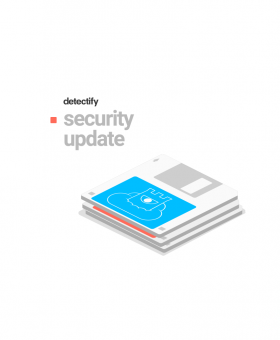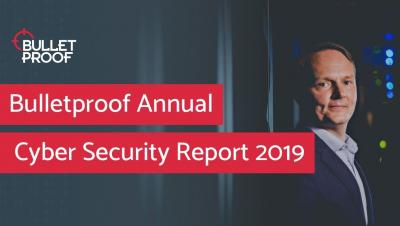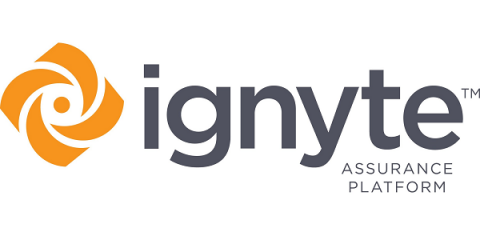Security | Threat Detection | Cyberattacks | DevSecOps | Compliance
%term
The Changing Face Of Cybersecurity In The 21st Century
67% of small and micro businesses have experienced a cyber attack, while 58% have experienced a data breach within the last 12 months, according to a study conducted by the Ponemon Institute. Cybersecurity has become one of the major questions that plague the 21st century, with numerous businesses reporting significant losses resulting from loss of private customer data, denial of service (DoS) attacks.
Detectify security updates for 23 January
For continuous coverage, we push out major Detectify security updates every two weeks, keeping our tool up-to-date with new findings, features and improvements sourced from our security researchers and Crowdsource ethical hacker community. Due to confidentially agreements, we cannot publicize all security update releases here but they are immediately added to our scanner and available to all users. This post highlights a few things that we have improved in the last two weeks.
Web Hosting Security Best Practices
If you’ve been online recently, you may have read the news about hackers demanding a ransom from Dublin’s tram system. Visitors to the Luas website were greeted by the hackers’ message threatening to publish the stolen information unless they were paid one Bitcoin (approximately 3,300 Euros or US $3,800). While the message itself appeared to be harmless, the fact is that the hackers could just as easily have used the domain to spread malware or phishing attempts.
Ignyte - GRC Company for Cybersecurity Receives Funding
January 15, 2019 Miamisburg, OH – Ignyte Assurance PlatformTM, an industry leader in managing governance, risk and compliance (GRC), has received $100,000 from the state of Ohio to develop and integrate cybersecurity technology from the Air Force Research Laboratory. The company will use the funding to develop and integrate cybersecurity technology from the Air Force Research Laboratory to improve data collection and analysis.
COBIT 2019 Audit Checklist
The alphabet soup of cybersecurity includes standards and regulations such as ISO, COBIT, COSO, NIST, NY DFS, and GDPR. While some industries must meet regulatory compliance requirements, other businesses need to choose a standard to which they align their cybersecurity controls. With that in mind, you may want to select the most user-friendly information technology security standard to help management and your IT department create a risk-based program.
10 Steps to Creating a Secure IT Environment
Every day, as a part of my work at AlienVault, I talk to prospective clients. Many of them are trying to put together a security plan for their business. Most of the people I talk to are IT professionals who, like everyone else, are learning as they go.
Bulletproof 2019 Annual Cyber Security Report
Federal Cybersecurity Posture "Untenable," According to OMB Risk Report
When he issued Executive Order 13800 (EO 13800) on Strengthening the Cybersecurity of Federal Networks and Critical Infrastructure, President Trump’s goal was to highlight that security and public accountability of government officials are foundational pillars while emphasizing the importance of reducing cybersecurity risks to the Nation.
Benefits of a Secure Software Development Life Cycle (SDLC)
The software development life cycle abbreviated SDLC, is a term used for the process of developing, altering, maintaining, and replacing a software system. SDLC is comprised of several different phases, including planning, design, building, testing, and deployment. In Secure SDLC, security assurance is practiced within in each developmental phase of the SDLC. Throughout each phase, either penetration testing, code review, or architecture analysis is performed to ensure safe practices.







